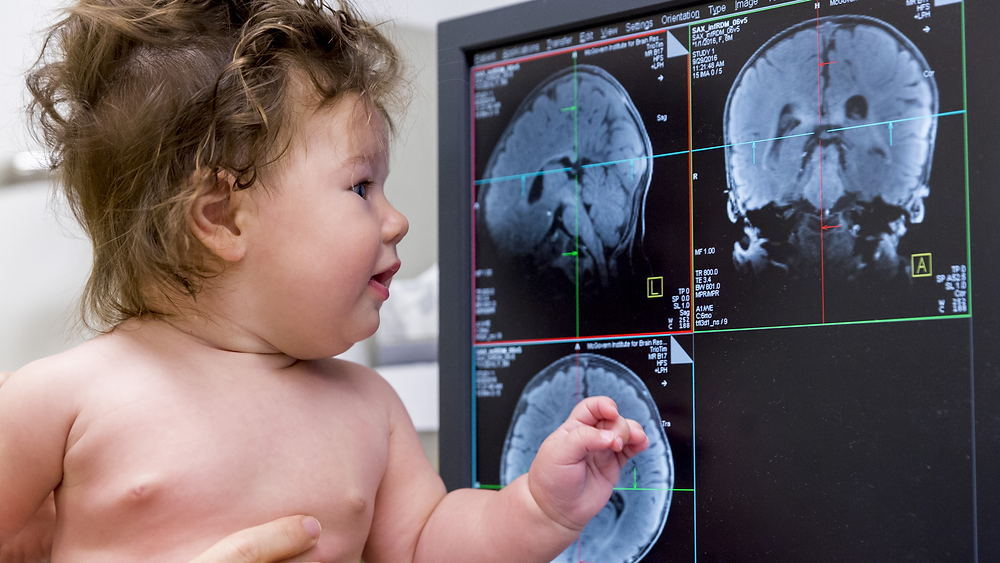
Is It Good to Baby Talk? What Science Says About Speaking to Your Little One
Jul 28
4 min read
2
30
0
Ever catch yourself cooing, exaggerating vowels, or raising your pitch when you talk to a baby? That sing-songy style isn’t just cute—it’s called Motherese, also known as infant-directed speech (IDS). Science shows it’s not only adorable, it’s incredibly helpful for your baby’s development. That squeaky “Who’s my sweet baby?” voice you thought was silly is actually doing serious work.

Motherese happens naturally for many caregivers, and even pops up when people talk to pets. According to the American Speech-Language-Hearing Association (ASHA), IDS uses a higher pitch, slower tempo, clear articulation, and lots of exaggerated melody. Babies love it because it’s easy to hear and fun to follow. Research (Kuhl, 2004; ASHA, 2021) shows that IDS grabs babies’ attention, helps them recognize speech sounds, and boosts language learning. Think of it as the baby version of subtitles—it makes everything clearer!
Even newborns benefit from hearing your voice. They don’t need to understand words to start absorbing the patterns of language. Your voice—whether you’re reading a book or narrating how you unload the dishwasher—feeds their little brains the rhythm and melody of speech.
You might wonder how often you should talk to your baby. The answer: as often as you can during natural interactions, without feeling like you need to be a 24/7 radio host. Babies need quiet time too. Focus on meaningful moments like diaper changes, feedings, walks, and play. Even if you feel silly talking to a newborn who stares at you like a tiny, judgmental potato, they’re soaking it all in.
If you’re unsure what to say, keep it simple. Read books out loud, narrate your actions (“Now I’m washing the cup”), and respond to coos and babbles like you’re having the most fascinating chat ever. Use repetition—babies love hearing words again and again. Smile and use expression; they learn as much from your face as your words.
What if you prefer to talk to your baby like an adult? That’s okay too. Speaking in regular sentences is great, but IDS has a special edge: its melody and clarity make it easier for babies to learn sounds. A mix of both is fine—you won’t break your baby by saying, “Hello there” instead of “Hewwooo baby!”
As your child’s speech takes off around age one or two, you’ll naturally start speaking more like you normally do. By preschool, you can chat with them almost like an adult (minus the office gossip). Overusing baby talk past toddlerhood isn’t helpful, so simply follow their lead.
Some parents worry, “What if baby talk feels awkward?” Not everyone grew up in a baby-talk household, and that’s okay. Start small by raising your pitch slightly, slowing down, and making eye contact. Reading books or singing songs makes IDS feel natural. And it’s not just for moms—dads, grandparents, and siblings can and should use IDS too. Babies love it from everyone.
You might still wonder, “Do I have to use baby talk all the time, or is adult speech better?” The truth is that both styles can help your child learn. Babies benefit most when you follow their lead and sprinkle in that melodic IDS when it feels natural. And don’t stop talking just because your little one doesn’t answer back—listening to your voice is how they begin to understand and eventually join the conversation. Our instincts are incredible and if you feel the instinct to use that sing-songy voice with a baby follow that instinct!
Around the world, IDS is a natural response to babies. Cultures everywhere instinctively adjust their tone and speech when talking to infants, and research shows this universal pattern supports bonding and learning. So if someone overhears you gushing to your baby in a silly voice, smile and keep going—your child is benefiting from every word.
If you’ve ever wondered whether those silly voices really matter, this video explains why they do. It’s a great reminder that every coo and exaggerated vowel is helping your baby’s brain grow.
Video Summary: This video shows how infant-directed speech grabs babies’ attention, encourages communication, and builds early language skills. Using tone, eye contact, and repetition helps babies engage—so don’t feel embarrassed; it’s one of the best things you can do.
Motherese isn’t just cute; it’s a powerful tool to help your baby learn language and feel connected. Use it, mix in normal speech, and most importantly, have fun with it.
Want to know more about your baby’s communication milestones? Check out our other post: What to Expect from a Baby in the First Year of Life.
References:
American Speech-Language-Hearing Association (ASHA). “How Does Your Child Hear and Talk?” 2021.
BBC Earth Science. (2019). What Happens to Babies’ Brains when You Speak Parentese? | Babies: Their Wonderful World | Earth Lab. YouTube. https://www.youtube.com/watch?v=wA0KoMk3ulQ
Kuhl, P. K. (2004). “Early Language Acquisition: Cracking the Speech Code.” Nature Reviews Neuroscience.
Ferguson, C. A. (1964). “Baby Talk in Six Languages.” American Anthropologist.
Thiessen, E. D., Hill, E. A., & Saffran, J. R. (2005). “Infant-Directed Speech Facilitates Word Segmentation.” Infant Behavior & Development.

